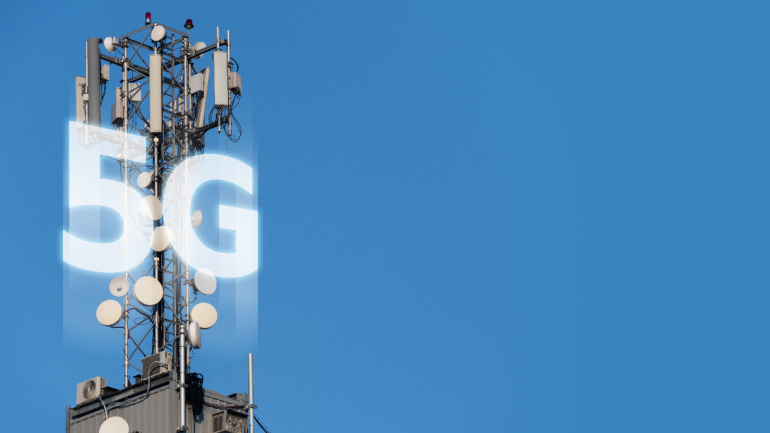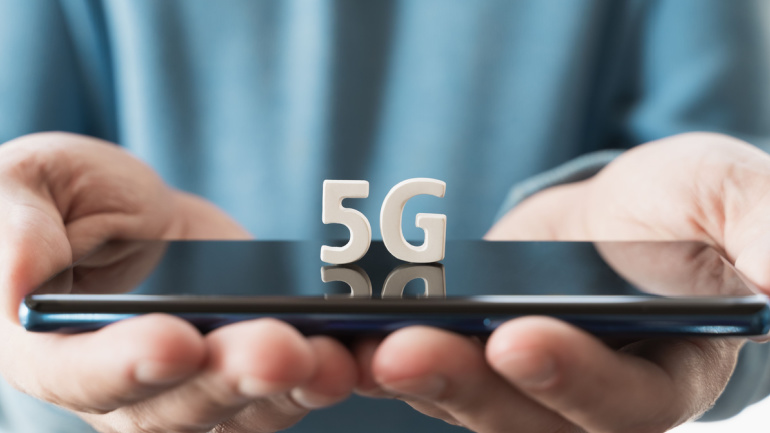As the UK aims for nationwide gigabit broadband by 2030, the often unnoticed, green telecom boxes are seen in a fresh light. No longer just unassuming eyesores, these versatile enclosures are revealing opportunities for additional revenue, environmental monitoring, security surveillance and more. But sponsorships for these expanded roles remain undetermined.
As 5G Fixed Wireless Access (FWA) evolves with its next phase, 5G Advanced, worldwide research indicates growth and potential for higher speeds and reduced latency. The Middle East currently showcases impressive progress with over 1.6 million 5G FWA users. Yet, debates exist over its future, exploring whether 5G FWA will remain an affordable alternative to fixed broadband or tap into its speed for new applications. Moreover, cost is a concern for Customer Premises Equipment (CPE) devices, considered a current hurdle in advancing 5G FWA.
The FCC is poised to address digital equity, introducing measures aimed at eliminating any biased broadband service access. However, controversy surrounds these new regulations, with critics framing them as an invasive expansion of FCC control. Intriguing dialogue likely awaits in their upcoming November meeting.
The ambitious nexfibre roll-out strategy continues with plans to extend their services using the advanced XGS-PON architecture, promising symmetrical speeds up to 10 Gbps. This includes expansion into locations like Kent, Cheshire, and Durham. With fruitful collaboration with Virgin Media O2, nexfibre is set to revolutionize broadband access in the UK.
Stepping into the spotlight, Ericsson unveils a software toolkit aimed at enhancing 5G connectivity services. Harnessing fresh algorithms to optimize performance, modifying RAN slicing for faster service, and promising superior low-latency capabilities, this toolkit is a game-changer. Despite the off-pulse struggle to unlock 5G potential, this toolkit is deemed as a catalyst for transitioning from ‘best-effort’ broadband to premium experience. Yet, the question remains: Will consumers bite? In this backdrop, Network X, a collaboration with the wireline and cloud industries, promises insightful stories and strategies, marking a critical date for telecom enthusiasts.
Reliance Jio’s introduction of JioSpaceFiber, a satellite broadband service, has rocked the telecom landscape. Offering gigabit speed connectivity even in remote Indian locations, this innovation brings affordable online engagement to all. Leveraging SES’ medium Earth orbit satellites, the joint venture holds the potential to transform India’s digital reach. Yet, this ambition is not without competition.
UK’s communication authority, Ofcom, makes strategic updates to its net neutrality rules ensuring egalitarian treatment of internet traffic. Embracing increased clarity and efficient network design, these changes invite innovation. Yet, it also initiates debates on fair pricing, innovation, and ISP autonomy versus user control.
At the Global Mobile Broadband Forum 2023, Ken Hu of Huawei underscored the impressive growth of 5G networks worldwide, signaling a transformative shift. With 260 5G networks serving almost half the global population, 5G is identified as the catalyst of synergistic growth in the B2B market. However, realization of its full potential will base on consistent network investment, as reiterated by Bruce Lam—CEO, Consumer, at Hong Kong Telecommunications.
The recent partnership between Plume, the cloud wifi platform provider, and one of India’s telecom titans, Reliance Jio, aims to deliver smart home services to almost 200 million properties. Subscribers will gain access to AI powered services offering a range of benefits, from adaptive wifi and performance optimization to enhanced cyber protections. Yet, with great expansion comes potential challenges, such as customer service and quality control.
In a robust move, Nokia is set to enhance 5G Fixed Wireless Access (FWA) with the unveiling of FastMile, two innovative solutions aimed at boosting indoor and outdoor coverage. This stride could revolutionize the industry, especially when considering wall attenuation effects on network capacity. FastMile’s outdoor solution cleverly sidesteps signal loss due to wall materials, while an intuitive mobile app assists users in determining the best placement for their receivers—shaping a route towards an optimal user experience in telecommunications.













